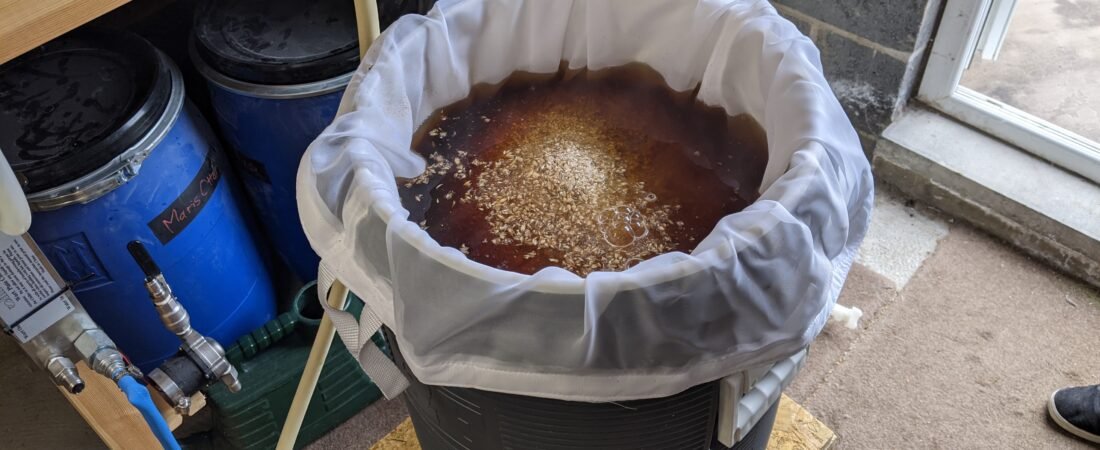Location, Location, Location:
Picking a location for your home brewing setup is tough. There are a lot of considerations: family, space, ventilation and control.
I started off with my kit stored in my garage and it was brought out to the kitchen for use. This allowed me a lot of flexibility when it came to making beer. I could whip out the equipment and once finished it could be banished to the garage again as if nothing had happened! This was great for keeping the rest of the family happy. For me though, it started to become a pain. It added a lot of prep time to each brewday.
Bottling was another pain point, cleaning and sanitising 40+ bottles takes some room. A lot of counter and table space. It is also time consuming!
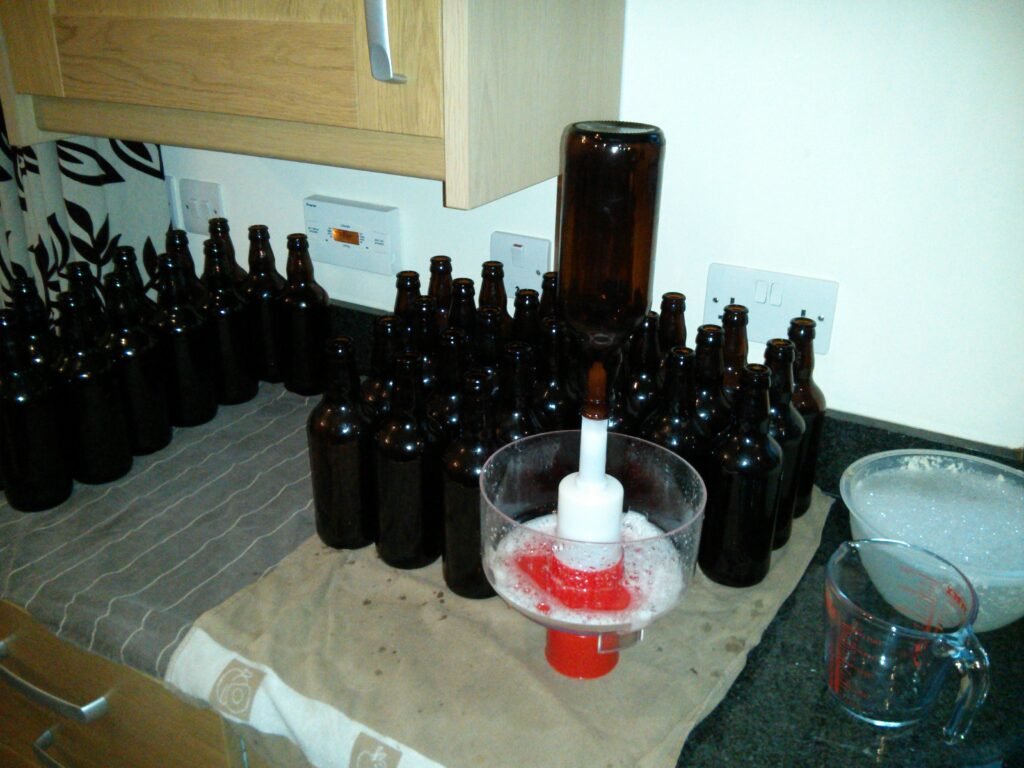
A more dedicated space such as a garage, utility room or basement offers more space to allow for expansion and storage. You will undoubtedly discover what works best for you as you get your first couple of brews under your belt.
Essential Equipment and Space Considerations:
If I were to design my own brew space from the beginning I would certainly spend more time planning. It is important to have three main areas. The brewday area which should be clean but can be a bit more ‘rough and ready’, the bottling area which should be easy to clean, water proof and also easy to sanitise! The final area is for fermentation. This should ideally be able to be kept at a stable temperature of about 18C. If you cannot control the temperature of the space you should look to control the temperature of the fermenter, either with a heatpad or heatbelt, both are good options on a budget.
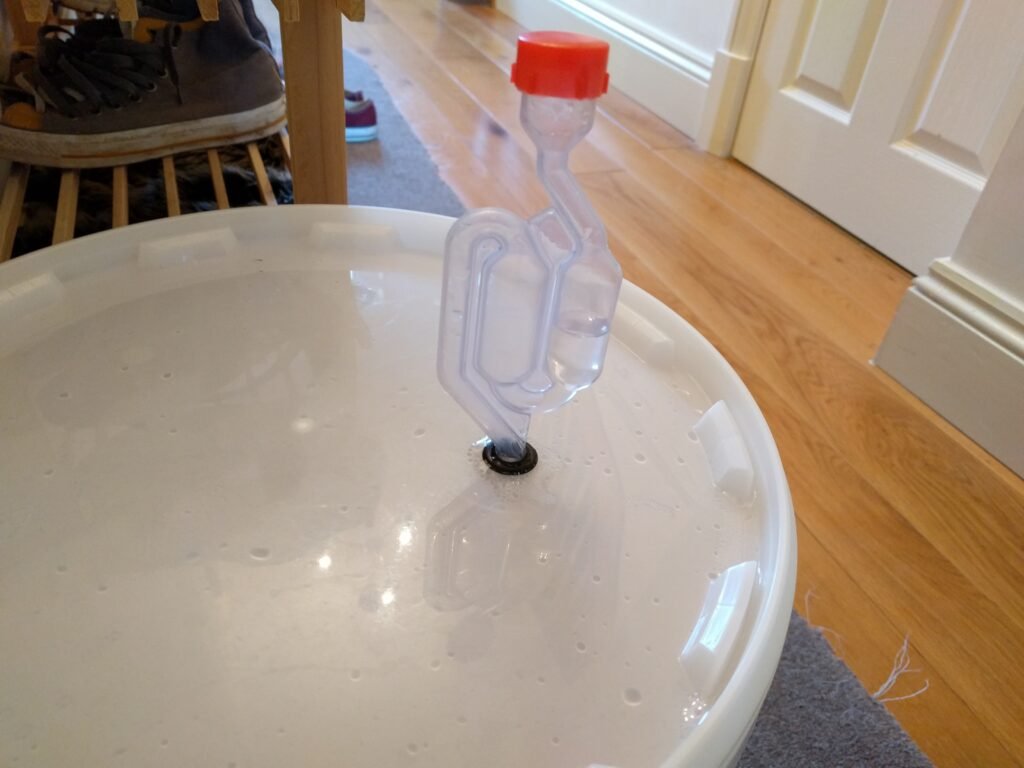
Optimising Your Workflow:
Once you have gotten to grips with the process you can iron out the pain points and optimise your space.
- Ergonomics: Arrange your space to minimise lifting and bending. A good brewing table is a worthwhile investment.
- Water Access: Easy access to a water source is crucial. Consider hose lengths and drainage.
- Storage: Space for ingredients (think towards the future one day you will likely have grains, hops and yeast to store), bottles, and other brewing equipment.
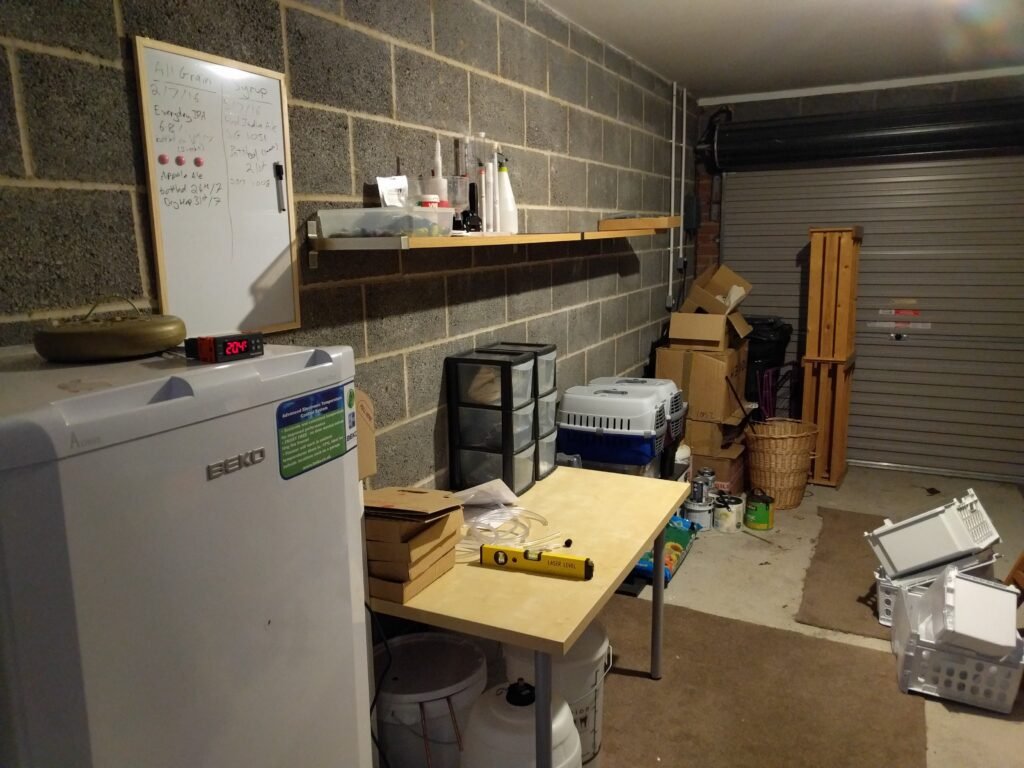
Safety First!
- Heat Protection: Heat-resistant gloves, eye protection when dealing with hot liquids and chemicals.
- Chemical Safety: Proper handling and storage of cleaning and sanitising agents.
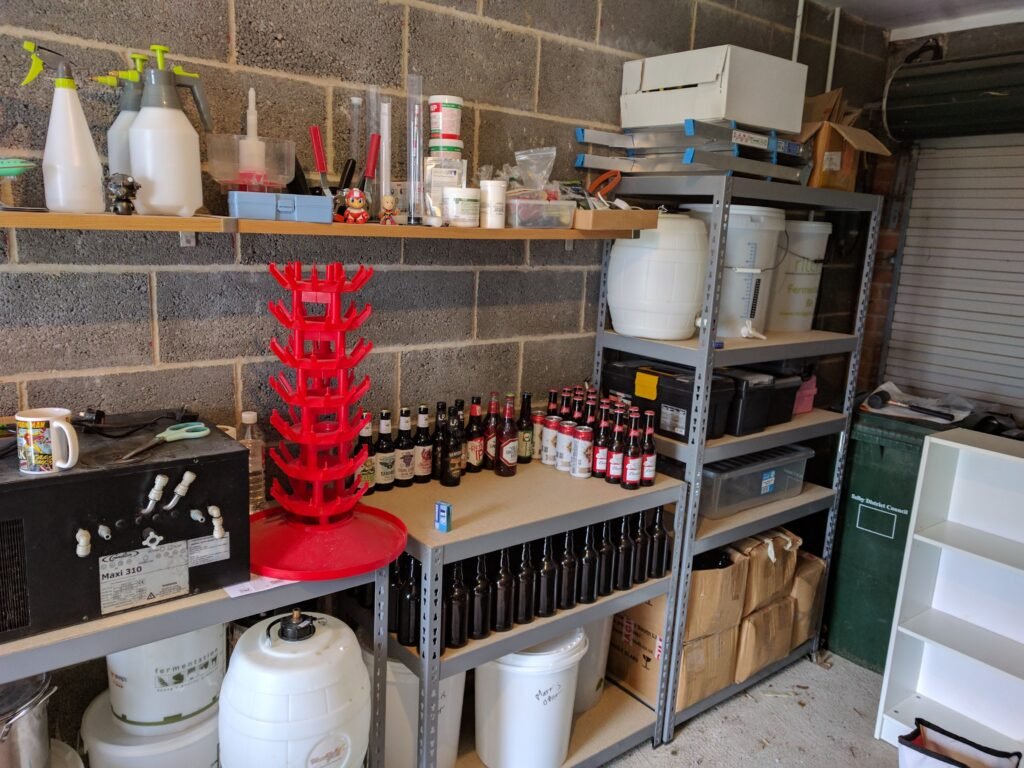
Budget-Friendly Tips:
- Start Simple: Beginners don’t need all the bells and whistles. Focus on the essentials.
- Repurpose: Get creative! Old coolers can become mash tuns, and wallpaper tables can serve as brewing tables.
- DIY: Build your own brew stand or fermentation chamber to save money.
Final Thoughts
Brewing equipment can be stored anywhere but having a dedicated space will free up a lot of time and allow your workflow to be established. I recommended getting a whiteboard for note taking and some dry wipe pens for writing on buckets, bottles and anything close to hand! Make your space your own and you will soon start to feel like a mad scientist in your own lab!

